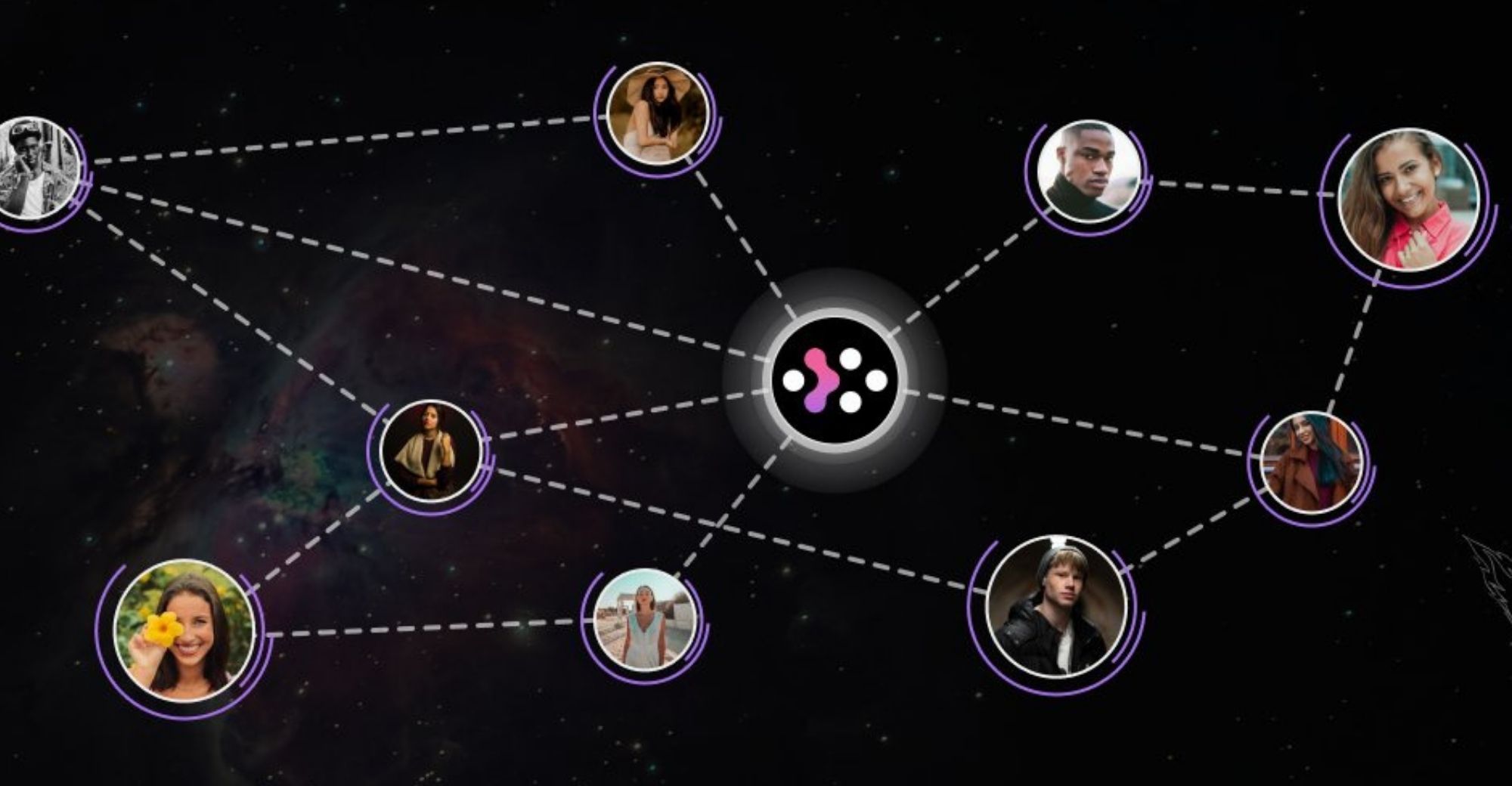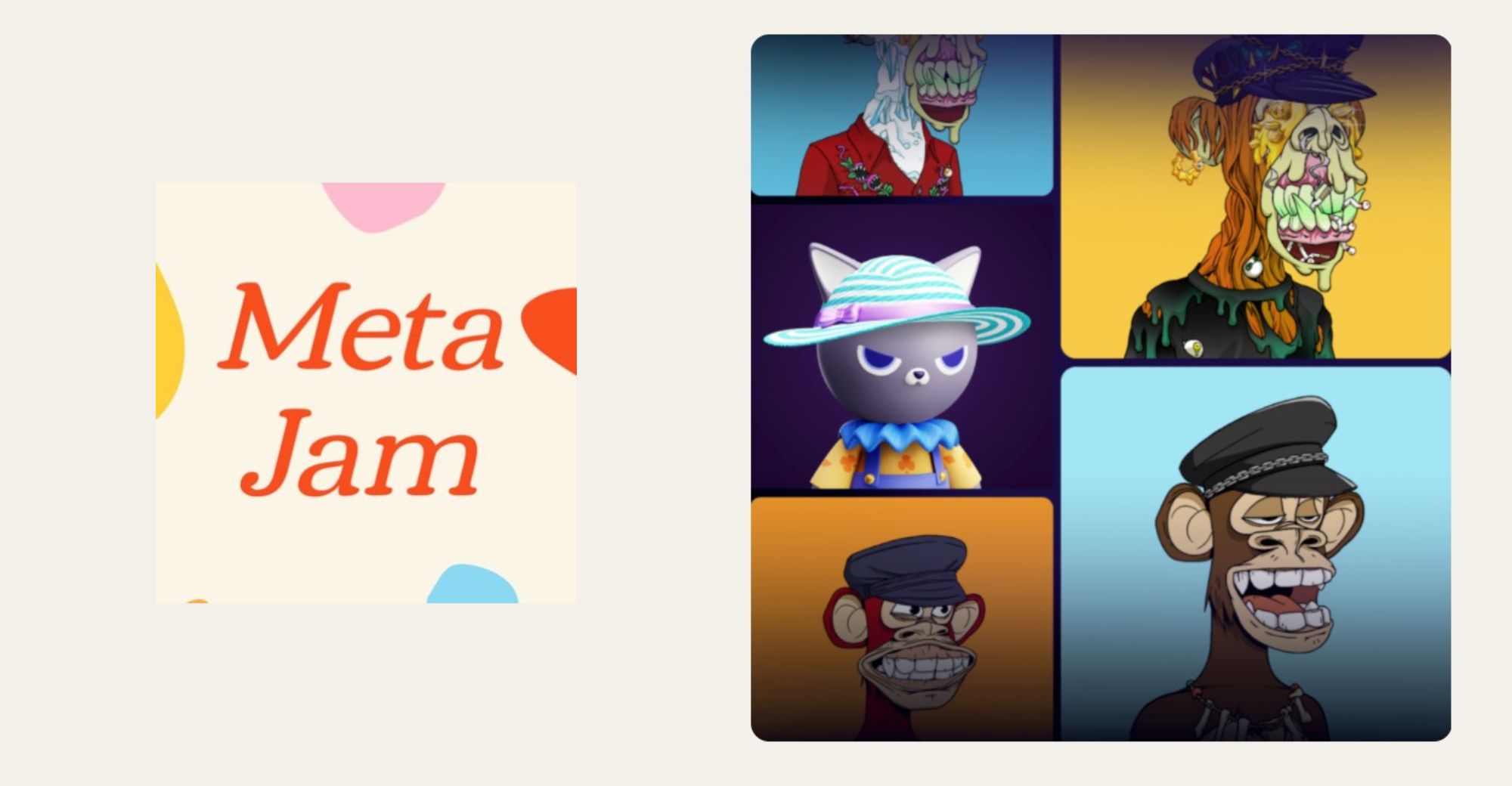APENFT: Challenge the Competitive Map of NFT Marketplaces
Justin Sun, one of the most prominent and controversial Chinese blockchain entrepreneurs, has announced that he successfully auctioned off a complete set of NFT works featuring the heads of the twelve animals for a price of almost 10 million yuan ($1.50 million) from MetapolyXM, a brand under Poly Auction (Xiamen). Zodiac animal heads, a collection of bronze fountainheads that were originally displayed in the Old Summer Palace, were among the treasures looted during the destruction of the site by British and French forces in 1860. Seven of those 12 heads have returned to China, but the rest still remain unknown. The loss of the heads is recognized as a national humiliation to Chinese people and the reunion of the twelve zodiac animal heads is the wish of many Chinese.
12 Digital Zodiac Heads Special Auction uses blockchain technology to convert actual zodiac animal heads into NFTs. Shortly after the auction, Sun claimed he would donate the collection for the broader public to enjoy. Sun has been active in the realm of digital art collections for a long time. He has been auctioning a myriad of artworks created by master and emerging artists, and donated some of his well-known collections, including Femme Nue Couchee Au Collier from Picasso, Ocean’s Front from Beeple, and Three Self-Portraits from Andy Warhol, to support the development of digital art.

APENFT Foundation is one of the organizations that have received the most donations from Sun, and it has a deep connection with Sun’s blockchain territory. APENFT is backed by TRON, a decentralized, open-source blockchain-based operating system, and Sun is the founder of TRON. Its NFT-exchange APENFT Marketplace is also based on TRON.
In the realm of NFT marketplaces, OpenSea is undoubtedly a leading giant. Even if it has been widely criticized for its centralized governance and thus its betrayal of notions of Web3, OpenSea still holds the largest market share due to its first-mover advantage. Recently, OpenDAO and LooksRare tried to launch ambitious “vampire attacks” on OpenSea through airdrops and other incentive systems. They worked at the beginning but since OpenSea has built a resilient supply-demand balance and those two have not launched convincing products, they both failed to play a real role in the game.
APENFT hopes to change the condition. Instead of competing with OpenSea directly in digital art creation from crypto natives and generating NFT content from the scratch, APENFT focuses on bridging top-notch artworks and blockchain. Since its foundation in 2021, APENFT Foundation has held the mission to “NFTize” 50% of the top-notch artists and artworks in the following decade. This approach is also compatible with the team background. Most of the members of the APENFT team are experts from the traditional art industry and have experience in renowned art organizations such as Christie’s and Sotheby’s. APENFT also collaborates with Helu-Trans Group, a leading art storage and processing service provider in Asia, to host the traditional version of works.
In the realm of traditional arts, museums, auctions, or exhibitions attract visitors and participants through big names – either artists or artworks. People are naturally more inclined to those whose value has been recognized. APENFT hopes to replicate the same strategy in the digital art field. Sun’s donations with other world-class artworks are the best advertisement and marketing for the platform and thereby bring about traffic. People might have no idea why a picture of a monkey costs hundreds of thousand dollars but they could still be attracted by Picasso’s talent.
On March 31, APENFT Marketplace testnet was launched. Meanwhile, the team established a $2 million prize pool for a “sprint race” for developers and released the Genesis NFT badges, an exclusive identity for TRON users on the platform. There are a total of 10,000 badges distributed free to active TRON community users and key contributors, and eligible users can claim only one badge. APENFT plans to host more hackathons and campaigns to keep the ecosystem active and refreshed.
SEE ALSO: China NFT Weekly: Earn While You Burn
On April 15, APENFT and TRON DAO co-hosted an official virtual launch event for the APENFT Marketplace on YouTube and DLive Protocol. Sun reached his debut livestream in the metaverse to introduce all major features of and bonuses offered by the APENFT Marketplace. It is also the first metaverse-themed livestream in the TRON ecosystem. All of those actions reflect Sun’s ambitions and confidence about the realm of NFT marketplaces. Sun has implemented revolutionary changes and made significant progress in the crypto field and his entry to the digital art market might also reshape the industry and bring NFT collection, especially of rare art, to a broader and more traditional audience.
In recent years, TRON has reached gratifying growth and become a mainstream power among public blockchains. Currently, TRON has over 90 million accounts and 3 billion total transactions, and its average gas fee is less than $1 per transaction. This affordable gas fee will definitely benefit creators, developers, and traders and encourage them to contribute to a sustainable ecosystem consistently. However, if TRON wants to stand out in the competition of public blockchains, it has to build a wide range of applications to reach broader audiences and be used in more circumstances. If APENFT’s attempt becomes successful, it will also benefit the entire TRON ecosystem as well.
Not surprisingly, APENFT Marketplace listed the Monkey Head NFT as the first NFT collectible for sale immediately following the APENFT Marketplace Mainnet launch. The listing might be an official declaration of APENFT’s challenge towards OpenSea. Will OpenSea still monopolize the market? What is the cap of the NFT marketplace value? Will digital art be widely accepted and have its own pricing standards? Those questions can only be answered by time. I am excited.






